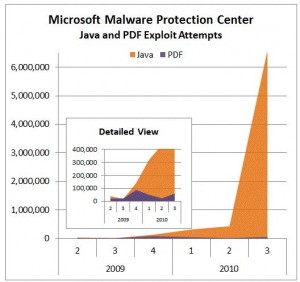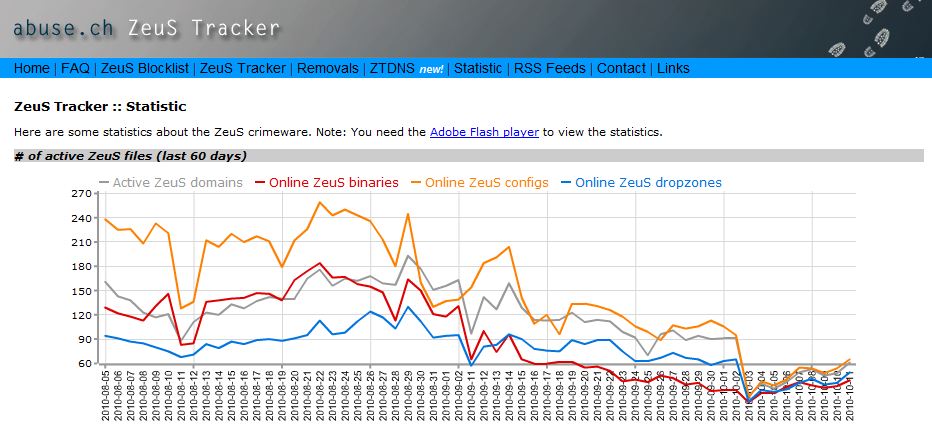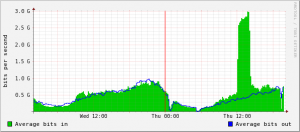The Web site for the Nobel Peace Prize has been serving up malicious software that takes advantage of a newly-discovered security hole in Mozilla Firefox, computer security experts warned today.
Oslo-based Norman ASA warned that visitors who browsed the Nobel Prize site with Firefox while the attack was active early Tuesday may have had malicious software silently installed on their computers without warning.
Mozilla just posted a blog entry saying it is aware of a critical vulnerability in Firefox 3.5 and 3.6, and that it has received reports from several security research firms that exploit code leveraging this vulnerability has been detected in the wild. The software firm isn’t saying much more about the flaw for now.
Mozilla says it is developing a fix, which it plans to deploy as soon as it has been tested. In the meantime, Firefox users can mitigate the threat from this flaw by using a script-blocking add-on like NoScript.
Update, 6:40 p.m. ET: I just heard back from Norman ASA malware analyst Snorre Fagerland via e-mail, and he has provided a bit more technical analysis of what’s going on with this Firefox flaw and with the exploit they discovered. Fagerland says the vulnerability is related to a “use-after-free condition” in certain objects, exploited through Javascript.
“Shellcode and a large heapspray is involved,” Fagerland wrote. “The script that does this checks for the following versions:
firefox/3.6.8
firefox/3.6.9
firefox/3.6.10
firefox/3.6.11
…and it checks that it is NOT running Vista or Win7 (Windows versions 6.0 and 6.1), pretty much limiting the attack to XP-family OS’s. The underlying vulnerability is confirmed to also affect Firefox 3.5x series, but we have not seen exploit code that attacks this.”
Update, Oct. 27, 11:50 p.m. ET: Mozilla has opened up the bug report on this flaw.













